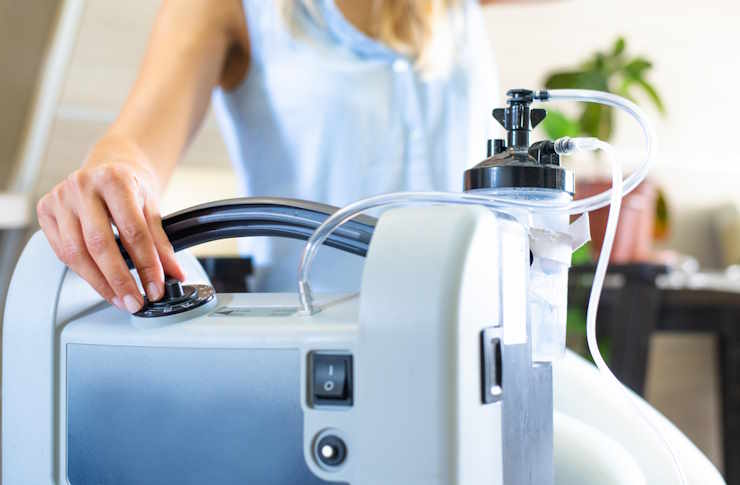Discover the Best Water Filters for Home Use in 2025: Essential Guide to Safe and Clean Drinking Water
In 2025, home water filtration systems are becoming increasingly sophisticated and essential for ensuring safe, clean drinking water. From multi-stage reverse osmosis filters to eco-friendly carbon systems, homeowners now have a wide range of options to address local water concerns. This guide explores how various water filters work, what to consider before installation, and how regular maintenance supports better water quality in everyday use.

Water quality concerns have reached new heights as urban populations grow and infrastructure ages. Municipal water systems, while generally safe, often contain chlorine, fluoride, and trace contaminants that affect taste and quality. Home filtration systems provide an additional layer of protection, removing unwanted substances while preserving essential minerals your body needs.
The Growing Need for Water Filtration in 2025
Modern water challenges extend beyond basic safety concerns. Climate change has intensified droughts and floods, affecting water sources globally. Aging pipes in many cities introduce rust, lead, and other metals into drinking water. Agricultural runoff introduces nitrates and pesticides into groundwater supplies. These factors combine to create a compelling case for household water treatment systems that can address multiple contaminant types simultaneously.
Main Types of Home Water Filters
Activated carbon filters represent the most common household option, effectively removing chlorine, volatile organic compounds, and many chemical contaminants. These systems work through adsorption, trapping pollutants in tiny pores within the carbon material.
Reverse osmosis systems provide comprehensive filtration by forcing water through semi-permeable membranes. These units remove dissolved solids, heavy metals, bacteria, and viruses, though they also eliminate beneficial minerals and produce wastewater during the process.
Ultraviolet sterilizers use UV light to destroy bacteria, viruses, and other microorganisms without adding chemicals to your water. These systems work best when combined with other filtration methods to address chemical contaminants.
Whole-house systems treat all water entering your home, protecting appliances and providing filtered water at every tap. These comprehensive solutions typically combine multiple filtration technologies for maximum effectiveness.
Key Features to Look for in a Water Filter
Certification standards provide crucial guidance when selecting filtration systems. Look for NSF International or Water Quality Association certifications that verify specific contaminant removal claims. These independent testing organizations ensure products perform as advertised under real-world conditions.
Flow rate determines how quickly filtered water becomes available during peak usage periods. Consider your household’s daily water consumption and peak demand times when evaluating different systems. Higher capacity units cost more initially but provide better performance during busy periods.
Filter lifespan affects long-term operating costs and maintenance requirements. Some cartridges last three months while others function effectively for a full year. Calculate replacement costs over time rather than focusing solely on initial purchase prices.
Contaminant removal capabilities should match your specific water quality issues. Request water testing results from your utility company or conduct independent testing to identify which substances require removal in your area.
| Filter Type | Provider | Cost Estimation |
|---|---|---|
| Pitcher Filters | Brita, PUR | $15-40 initial, $20-60/year filters |
| Faucet Mount | Culligan, PUR | $25-80 initial, $30-80/year filters |
| Under-Sink Carbon | Aquasana, APEC | $150-400 initial, $50-150/year filters |
| Reverse Osmosis | APEC, iSpring | $200-600 initial, $80-200/year filters |
| Whole House | Pelican, Aquasana | $800-2500 initial, $200-500/year filters |
Prices, rates, or cost estimates mentioned in this article are based on the latest available information but may change over time. Independent research is advised before making financial decisions.
Installation and Maintenance Practices
Proper installation ensures optimal performance and prevents water damage or system failures. Pitcher and faucet-mounted units require minimal setup, while under-sink and whole-house systems may need professional installation to comply with local plumbing codes.
Regular maintenance keeps filtration systems operating effectively throughout their service life. Replace filters according to manufacturer schedules rather than waiting for obvious performance decline. Monitor water pressure and flow rates as indicators of filter condition.
Sanitization procedures prevent bacterial growth within filtration systems. Follow manufacturer guidelines for cleaning and disinfecting components, especially during filter changes. Some systems include automatic flushing cycles that maintain internal cleanliness.
Water testing helps verify system performance and identify when maintenance becomes necessary. Annual testing ensures your filtration system continues removing targeted contaminants effectively. Professional testing services provide comprehensive analysis of treated water quality.
Selecting appropriate water filtration depends on your specific needs, budget, and water quality concerns. Consider starting with basic testing to identify contaminants present in your supply, then choose systems certified to remove those specific substances. Remember that no single technology addresses all possible water quality issues, so combination approaches often provide the most comprehensive protection for your household’s drinking water needs.




